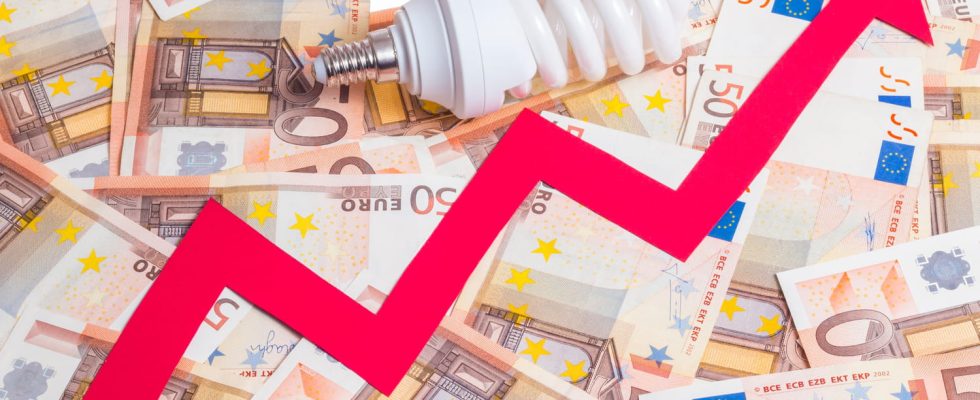Falling temperatures in January are expected to have a significant impact on your electricity bill. Strong increases are expected.
The start of January 2024 was marked by frost and the first snowflakes in the plains. If no cold record has been broken and Météo-France prefers to speak of an “episode” of cold and not of a “wave”, the minimum temperatures observed were nevertheless below seasonal norms, from 4 to 6°C except in the PACA region and Corsica. Still according to Météo-France, the normal temperature in winter (January, February and March), the coldest period in the country, is 5.9°C.
Since the winter of 1900, the winter of 1962-1963 was the coldest with an average temperature of 0.7°C. The mildest turned out to be the winter of 2019-2020 with an average of 8.2°C. over the period. If four mildest winters have occurred in the last twenty years, this does not prevent the French from experiencing cold to which they are no longer accustomed. A phenomenon which became even more accentuated this week in Normandy, the north and the north-east. This drop in temperatures has a direct impact on household electricity consumption.
On average, according to a Fioulmarket.fr and OpinionWay survey, 55% of French people have the impression of being burdened by their heating costs, and 36% have sometimes given up heating due to lack of means. Indeed, with the arrival of winter, it is time to turn the heating back on. Problem is, when temperatures drop drastically, energy consumption skyrockets: we speak of thermosensitivity. As households are mostly equipped with electric heaters, the variation in temperature has a direct impact on consumption, on the production of electricity in France and therefore on the price paid by individuals.
According to Lite, a site specializing in the analysis of energy consumption data for individuals, electricity consumption increases by approximately 5% for each degree lost below 18°C. In other words, if you heat with electricity and the temperatures drop, the bill increases very quickly. With 6°C below seasonal norms, as is the case during current cold spells, the additional cost is not negligible: your consumption increases by around 30%.
According to Selectra, a comparator of energy suppliers, for a 30m2 studio, the average annual consumption is 3,288 kWh/year, or a bill of 748.35 euros per year and 62.36 euros per month. Prices calculated on the basis of the regulated electricity tariff in January 2024. So, if the temperature were to drop by 6°C during the month of January, your consumption would increase significantly. But what could this represent in terms of price? Your average monthly consumption for the month of January 2024 would therefore increase from 274 kWh/month to 356.2 kWh/month. The price per kWh in January 2024 being set at 0.2276 euros, under these conditions, heating your 30m2 studio could cost 18.71 euros more in January 2024. The price increasing from 62.36 to 81.71 euros. A significant amount for a surface like that.
For a 100m2 house heated with electricity, the average annual consumption of a household of 4 people is 13,857 kWh, again according to Selectra (3,153.86 kWh/month). Monthly consumption is 1,154.57 kWh. With an increase of 30%, correlated with a drop in temperature of 6°C, consumption increases by 346.37 kWh/month to reach 1,500.94 kWh/month. De facto, the bill skyrockets: from 262.82 euros per month to 341.61 euros. An increase of 30% corresponding to 78.79 euros.
